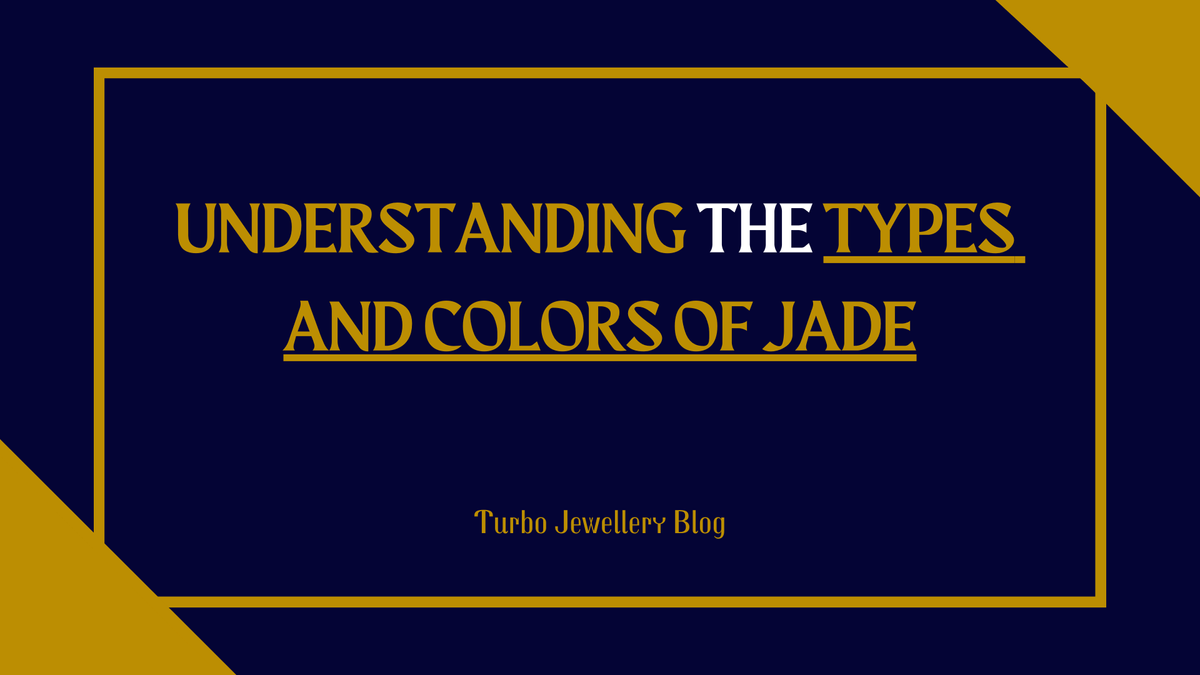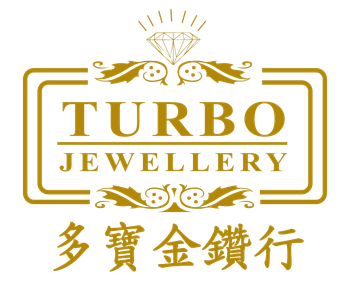
When it comes to gemstones, there’s none as alluring and mystical as jade. The word jade in English refers to two different types of ornamental stones: nephrite and jadeite, each with its own mineralogical specifications and history. Its history, colours and cultural significance makes it a favourite among jewellery lovers and gemstone enthusiasts. In this post we’ll get to know jade better, its types, colou
1.0 Jade Magic
Jade has been fascinating humans for centuries, from ancient artifacts to modern day jewellery. This beautiful stone, known for its gorgeous green colour, is loved by many cultures around the world. But what is jade and why has it been so treasured throughout history?
1. What is Jade?
Jade refers to two different minerals: nephrite and jadeite. Both look similar in physical properties and appearance but differ in chemical composition and hardness. Jadeite is rarer and more valuable because of its colours and translucency, while nephrite is more common and valued
2. Jade History
Jade has been used for thousands of years, from ancient civilizations like the Chinese, Mayans and Maoris. In China, jade was considered the “imperial gem,” symbolising purity and moral integrity.
Hoevwer, jade lost its industrial value and popularity with the introduction of bronze and iron tools. The Mayans and Aztecs revered jade for its life-giving properties and used it in religious ceremonies and burial ornaments.
3. Why Jade stone?
The fascination with jade goes beyond its beauty. It’s a stone of nobility, spiritual power and good luck. Collectors and enthusiasts are drawn to jade not just for its beauty but for the stories and legen
2.0 Jade Culture
Jade’s cultural significance is immense. From ancient rituals to modern fashion, jade has been part of human life.
1. Jade in Chinese Culture
In Chinese culture, jade represents virtue, excellence and immortality. It was believed to protect the wearer from harm and attract wealth and love. Jade artifacts, including intricate carvings and jewellery, are passed down through generations, carrying blessings and history.
2. Jade in Mesoamerican Cultures
The Mayans and Aztecs considered jade more valuable than gold. They used jade, a green stone, to make tools, masks and figurines, believing it to have divine properties and great importance in historical burial practices and rituals. The stone was also associated with water, fertility and agriculture, making it a part of their sp
3. Modern Times
Today jade is still highly valued in many cultures. It’s a symbol of status and luxury, found in high end jewellery collections. The appreciation of jade’s beauty and significance remains strong, bridging the gap between ancient and modern.
3.0 Types and Colours of Jade
Jade’s magic lies in its many colours and two main types, nephrite and jadeite, which are green gemstones. Nephrite can be mid to dark green or grey-green. Knowing these colours will help you appreciate and collect this b
1. Nephrite
Nephrite jade is usually green, white and black. Its mineral composition is a microcrystalline interlocking fibrous matrix which gives it unique structural properties. It’s tough and can be carved into intricate designs.
It’s used in larger sculptures and less expensive jewellery pieces. The green nephrite from British Columbia, known as “Canadian Jade,” is famous for its quality.
2. Jadeite
Jadeite comes in a wider range of colours including green, lavender, red, yellow and white. The finest jadeite, particularly Imperial Jade, is highly prized for its transparency and vibrant emerald green colour.
Jadeite jade from Myanmar’s Kachin State is known for its high quality deposits and polycrystalline structure. The colours and translucency of jadeite is favourite among collectors and jewellers. Nephrite is not a fibrous matrix, which is why it’s not a
3. Imperial Jade
Imperial Jade is the king of jade gemstones, famous for its vibrant emerald green colour and transparency. Also known as “translucent emerald green jadeite,” this type of jadeite is highly coveted for its beauty and rarity.
The magic of Imperial Jade lies in its deep green colour that seems to glow from within, that mesmerises collectors and jewellers. Its scarcity and beauty makes it the most wanted gems
4. Colour Variations: Imperial Jade
1. Green Jade
The most popular and loved colour, from pale apple green to deep emerald. Nephrite is a microcrystalline interlocking fibrous matrix from the amphibole mineral series, with actinolite being the silky fibrous mineral form, that gives it its unique properties and geological occurrence.
2. Lavender Jade
A rare and beautiful colour.
3. Red and Yellow Jade
Less common and used in artistic carvings.
4. White Jade
Symbol of purity and peace, white jade is used in spiritual and
4.0 Properties
Imperial Jade is unique because of its properties. This type of jadeite has an intense emerald green colour, it’s both beautiful and captivating. The transparency of Imperial Jade from semi-transparent to transparent adds to its magic, it glows.
The fine texture with a smooth and even surface makes it more visually appealing. With a Mohs hardness of 6.5-7, Imperial Jade is not only beautiful but also durable, it won’t break or chip easily. All these makes Imperial Jade a
1. Durability
Another attribute of Imperial Jade is its durability and hardness. With a Mohs hardness of 6.5-7, it’s harder than most other types of jade, it won’t scratch or wear off easily.
This durability means Imperial Jade can withstand daily wear, it’s perfect for jewellery that’s beautiful and long lasting. Whether set in rings, bracelets or necklaces, Imperial Jade will look stunning for ge
2. Colour and Optical Effects
The most striking feature of Imperial Jade is its emerald green colour. This colour is due to the presence of chromium that gives the jadeite its green colour. The transparency of Imperial Jade adds to its beauty, creating an optical effect.
The stone seems to glow from within, with a soft inner light that mesmerises the eye. This combination of colour and transparency makes Imperial Jade a gemstone of extraordinary beauty that’s coveted by collectors and je
5.0 Formation
Imperial Jade is formed through the metamorphism of serpentinite rocks under high pressure and temperature. This process creates jadeite and Imperial Jade is the best and most valuable of all. The primary source of Imperial Jade is Myanmar (Burma) where the best quality stones are found.
Other sources are China and Guatemala but the jade from Myanmar is famous for its quality and colour. The rarity and beauty of Imperial Jade makes it a gemstone of great impact.
1. Where is Jade Found?
Jade is found in many parts of the world, each place has its own type and quality of jade:
1. Myanmar (Burma)
Famous for its Imperial Jade, Myanmar is the source of this rare and precious gemstone.
2. China
A major producer of jade, China has many types of jade, both nephrite and jadeite.
3. Guatemala
A significant producer of jadeite, Guatemala has many high quality deposits throughout the region.
4. Canada
Famous for its nephrite jade, Canada, especially British Columbia is a major source of this tough and beautiful stone.
5. Russia
Eastern Siberia is known for its high quality jade deposits, contributes to the global supply of this gemstone.
6. Australia
A minor producer, Australia has some high quality jade deposits, mainly in the Northern Territory.
7. New Zealand
Known for its nephrite jade, New Zealand, especially the South Island has some high qual
Each of these places adds to the abundance and variety of jade, making it a gemstone that’s truly global.
6.0 Jade in Jewelry and Ornaments
Jade’s versatility and beauty makes it suitable for many applications, from elegant jewellery to decorative ornaments.
1. Jewellery
Jade’s appeal in jewellery is its ability to be carved into intricate designs and polished to a high finish. Rings, bracelets, necklaces and earrings made from jadeite jade are timeless pieces that can be both elegant and casual. The stone’s durability means these pieces can be worn and cherishe
2. Home Decor
Jade is not just for personal adornment; it’s also used in home decor. Jade sculptures, vases and decorative items add luxury and elegance to any space. The stone’s natural beauty makes these objects treasures.
3. Healing and Meditation with Jade
Many believe in the metaphysical properties of jade, use it in healing and meditation. Jade is believed to bring harmony, balance and emotional healing. Jade crystals and stones are placed in homes or used in personal rituals to attract positive energy.
7.0 How to Care for Jade Gemstones
Proper care and maintenance will keep your jade pieces beautiful and intact for years to come. Here are some tips to help you care for your jade.
1. Cleaning Your Jade
Clean jade with a soft cloth and mild soap solution. Do not use harsh chemicals or abrasive materials as it can damage the surface of the stone. Rinse thoroughly and dry with a soft cloth to maintain its natural finish.
2. Storing Your Jade
Store jade jewellery separately to prevent scratching. Use soft pouches or lined jewellery boxes to keep your pieces safe. Do not expose jade to extreme temperatures or direct sunlight as it can cause the stone
3. Check-ups
Check your jade regularly for any damage or wear. If you see any cracks or chips, take your piece to a professional jeweller for repair. Proper care and timely maintenance will keep your jade a treasured heirloom.
8.0 Conclusion
Jade’s timelessness and cultural importance makes it a treasured gemstone. California jade, also known as ‘californite’, is a translucent yellow-green stone from Butte County, California and is unique in its properties and geology.
Whether you’re a jewellery enthusiast or a gemstone collector, knowing the different types and colours of jade will make you appreciate.
From its ancient past to modern use, jade will always fascinate and delight. Follow these care tips and your jade will be beautiful and valuable for years to come.
Go ahead and explore the world of jade and see what it has in store for you. If you want to add to your collection or learn more about this gemstone, talk to the experts or join a community of jade enthusiasts. The journey into the world of jade is as good as your life.




